18. Rear Window (1954)
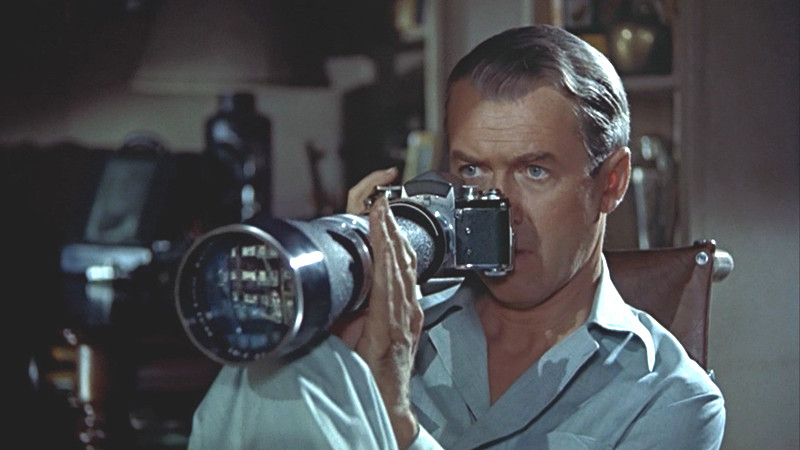
If there is one treasure which younger viewers absolutely need to experience, it’s the oeuvre of suspense director Alfred Hitchcock. Thought of as just a very good craftsman during much of his own lifetime, Hitchcock is now widely considered one of, if not THE, best film makers of all time. He was the “master of suspense”, yes, but also the master of camera technique, image, and editing, all delivered with a sense of subversive fun.
Many Hitchcock films could represent him on this list but Rear Window, one of his most audacious achievements, is a grand example of his work. An action photographer (movie icon James Stewart, a Hitchcock favorite) is stuck in his apartment thanks to a broken leg.
With nothing much to do except avoid the marriage entreaties of his stunning girlfriend (another Hitch fave, Grace Kelly) he starts watching his across the courtyard neighbors and starts to realize that the unhappy man with the chronically sick wife may well have done away with her… Set completely in the man’s apartment, the film shows how ingenious filmmaking can turn what looks like limitations into great assets.
19. Rebel Without a Cause (1955)
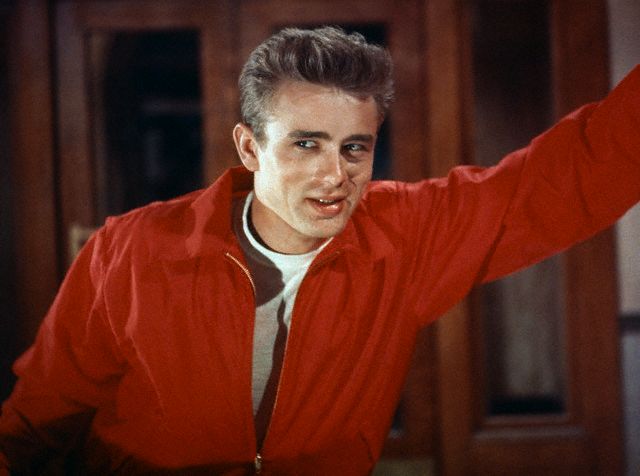
Death may (or not) been personally devastating to actor James Dean but it was a great posterity career move. Unlike fellow movie rebel Marlon Brando, who lived on to get old, very fat and very strange, the charismatic Dean is forever frozen in time as a perpetual troubled kid (though he was actually in his mid-twenties at the time).
After a powerful debut earlier in 1955 with another misunderstood youth drama, the superb East of Eden, he was cast in a script about roughly 24 hours in the lives of three unhappy teens, whose intersection reaches a most traumatic conclusion (the other two were played with considerable commitment by Natalie Wood and Sal Mineo, who were teens).
The script was entrusted by a fortuitous stoke of fate to the impassioned director Nicholas Ray (one of the great masters of wide-screen composition). Rebel may not, in the end, be the greatest of films, but anyone who ever sees it in their youth loves it for the rest of their lives.
20. 12 Angry Men (1957)
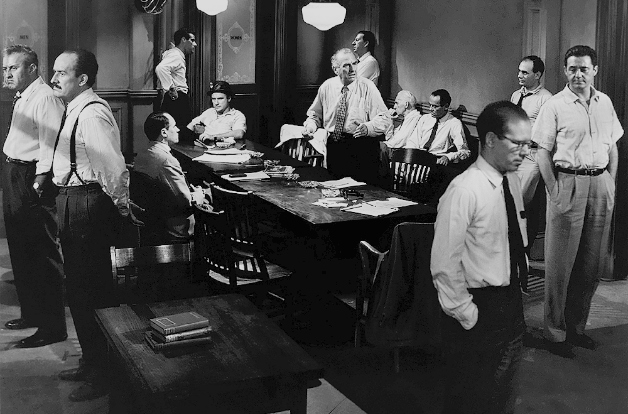
The big issue with living in society, especially democracy, as is shown over and over again, is that the majority rules and we must accept this. The best one can do is to voice one’s opinion and try to persuade others of its validity.
A perfect example of this is 12 Angry Men, a film that is largely set in one room, mostly concerned with 12 characters and takes place in just a few hours but quite compelling nonetheless. It was acclaimed, but not a hit, though it has been remembered, revived, re-made and still holds considerable power today.
A young ethnic boy from a poor section of a city is on trial for murdering his father. If he is found guilty, he will be executed. Eleven of the twelve men on the jury are content to cast a quick vote for guilt and be done with it. However, number twelve, a thoughtful man who takes his responsibility quite seriously, wants to be more thorough.
The others are initially hostile but, strangely, the tide begins to shift in his favor. This was the film debut of television director Sidney Lumet and started him on a fine career and was a highlight for actor Henry Fonda, the great exemplifier of integrity on screen.
21. The Searchers (1956)
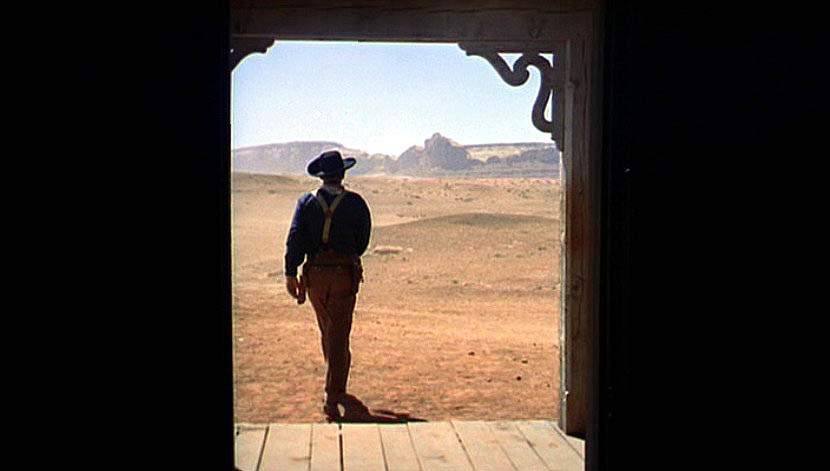
To many the greatest film maker in U.S history is John Ford, a highly expert director-producer who at the top of his profession from the World War I era until the mid 1960s!
Though he made many kinds of films and still holds the record for winning the most Oscars for directing (four), very many today declare that his uniquely visionary westerns were his greatest contribution to cinema history (and none of his Oscars were for a western).
Set perpetually in scenic, majestic Monument Valley, his westerns display how people function within social units and with their own private standards of conduct. Though not thought of extra special at the time, The Searchers has struck a chord with newer generation and looks to be his most lasting contribution to posterity.
Ethan Edwards (Ford favorite John Wayne, one of the most famed American icons, period) returns from the Civil War to visit his brother and his family just in time to see most of them killed by riding native Americans. The one survivor is the youngest, niece Debbie (sisters Lana and Natalie Wood at different ages), who has been kidnapped to become a warrior’s consort, eventually.
The bigoted Edwards vows to find her…and kill her since she has now been defiled. Her adopted brother Martin (Jeffrey Hunter), who is half-native, journeys along with the hostile man in hopes of saving her. The strong, uncomfortable issues the film raises may be why it wasn’t a favorite in its own day but now, in a more frank era, it looks quite good indeed.
22. Some Like It Hot (1959)
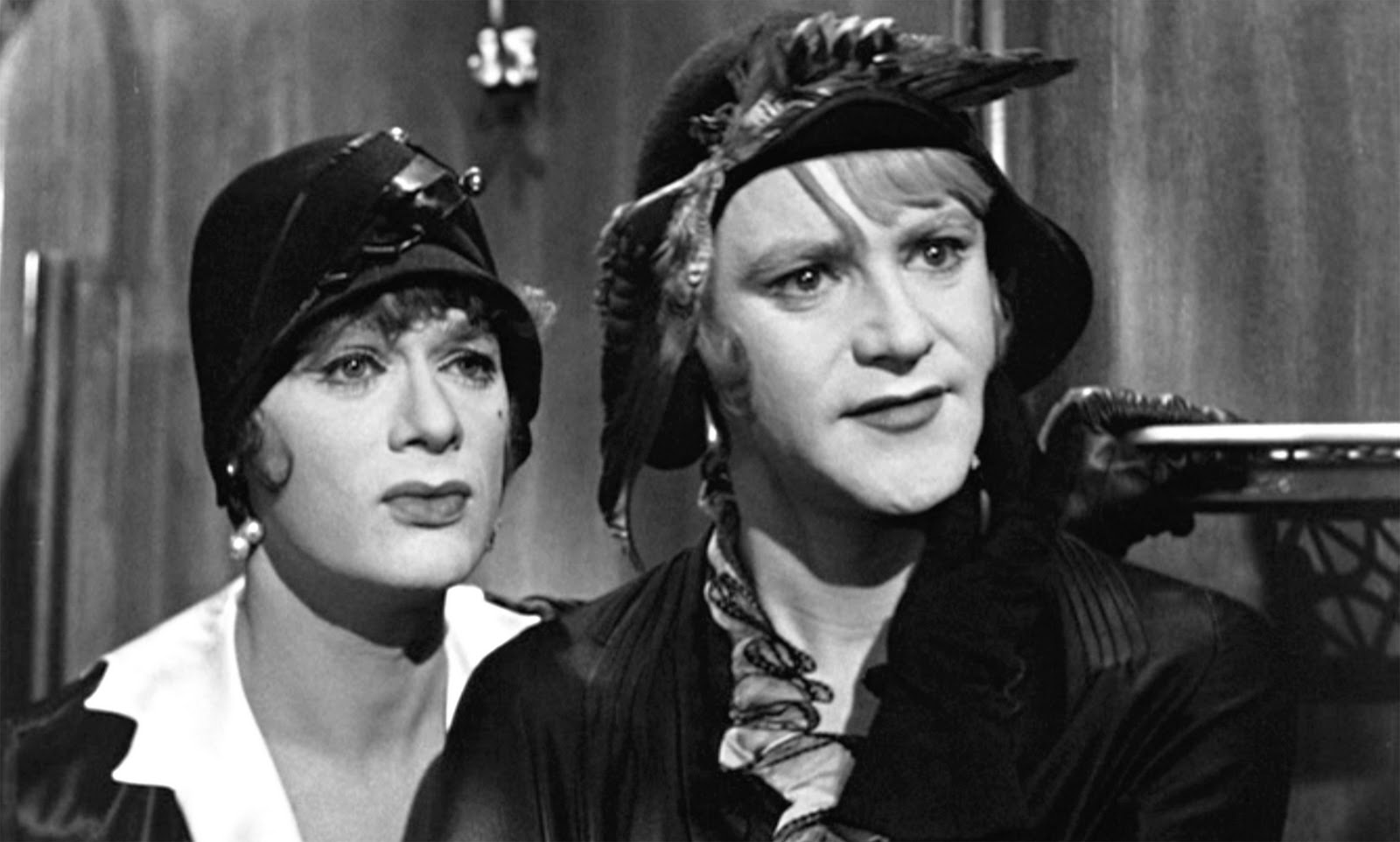
Another great cinematic treasure is the filmography of the delightful serio-comic writer-director Billy Wilder. An Austrian refugee from the Nazis, Wilder could find black humor in almost anything but also build his comic films on some surprisingly serious ideas.
A perfect example is the film very many consider his comic masterpiece, Some Like It Hot. Set during the 1920’s, two hard luck musicians (expert Jack Lemmon and Tony Curtis) happen to witness gangland’s infamous St. Valentine’s Day Massacre and have to take it on the lam. Their ingenious idea is to dress as women and join an all-female band headed for Florida.
In addition to watching out for the criminals, they have to fight their attraction to the band’s luscious singer (legendary love goddess Marilyn Monroe) and a lecherous old millionaire (wonderful Joe E. Brown) who finds one of them his kind of woman…a thought the musician finds less and less preposterous! Cross dressing and gender identification issues weren’t main stream topics in that time but who would know it from this fast, hilarious and daring film?
23. Rio Bravo (1959)
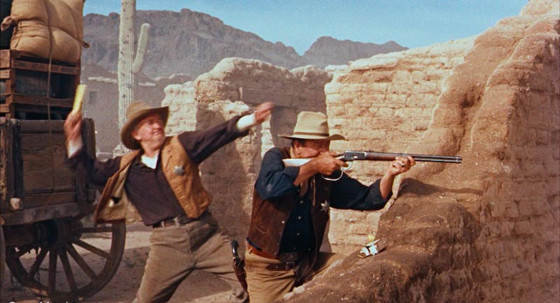
The world of Howard Hawks’ adventure/action/western films largely consists of a group, always male dominated, if not exclusive, who are faced with a tough task, either for a time or continuously, as in a dangerous occupation. They are dependent on one another and on their own inner confidence and abilities and weakness is a luxury which can’t be tolerated.
The group and individuals must always be “professional”. Women are allowed but they, too, must understand and adhere to this code. A superb example of this is the western classic Rio Bravo.
Sheriff John T. Chance (John Wayne again) must keep an imprisoned desperado in custody despite the fact that his large gang of hellacious hombres is coming to bust him out and kill any who stand in their way. Chance has only his gimpy old sidekick (triple Oscar winner Walter Brennan), a promising but green kid (the handsome teen idol Ricky Nelson) and the town drunk (singer-actor Dean Martin, ably playing to type) the sheriff is rehabilitating but they all know the job before them.
Chance’s potential new woman, tough but lovely saloon singer Feathers (Angie Dickinson) is cheering from the side. Whoever will come out on top? Audiences of the day found the lengthy but always entertaining film just OK but, once more, newer viewers really “get” it.
24. The Manchurian Candidate (1962)
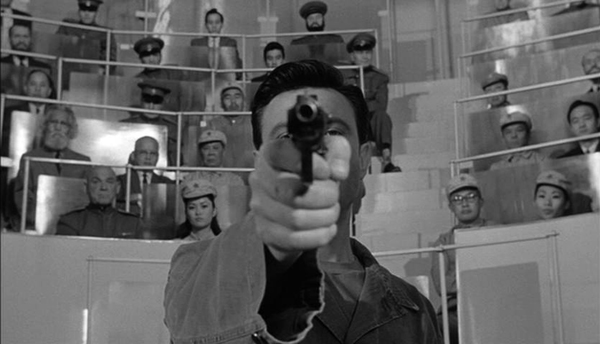
Ever thus: when The Manchurian Candidate came out this yarn, based on a great novel by Richard Condon, a bestselling author of political thrillers with a satiric edge, was rather marginalized.
Yes, the wonderfully kinetic direction of John Frankenheimer, then rather newly arrived in movies from being a top TV director, was exciting and playwright George Axelrod’s script was thrilling and wickedly funny in excellent proportions.
Yes, it had a top cast of pros (Frank Sinatra, Laurence Harvey, and Janet Leigh, among others) with the distinguished character actress Angela Lansbury giving the performance of her career as a deceptively silly, quite evil woman with political connections.
But, come on, a plot about a supposed U.S. army war hero being kidnapped by Communist forces, brainwashed into becoming a political assassin and told to kill a major presidential candidate? How could that ever be (1962)? Post November 1963: could this all have been true? Kept out of circulation for many years (reasons conflict as to why) this film has come back with a vengeance looking more modern than ever (ignore the remake).
25. The Masque of the Red Death (1964)
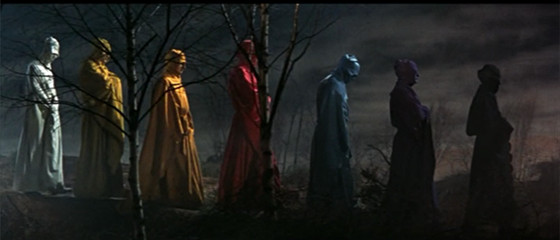
To end this list, here is an example of a film which parents at the time would not approve of older brothers and sisters going to see (probably at the drive-in) or the younger kids (probably the parents of today) sneaking downstairs to see on the late show (ask your parents about that kind of thing, kids).
The U.S production company American International, which, significantly lasted from the mid-50’s to the mid-70s, was in business to entertain the younger people of the U.S. with films they might actually want to see. Nothing good for one, just monster films, juvenile delinquent films, dumb, dumb beach comedies and other films made for almost nothing and which the teen viewer could watch with one eye while attending to other things.
Their top producer was Roger Corman, a literate and highly educated man who chose to make schlock and make lots of money but also was going to give the kids bang for their buck. He found good public domain material in the stories of American master writer Edgar Allen Poe, the poet of the macabre. These could double as “educational” while still supplying chills, gore (for the time), scares and often little to do with Poe save for the title.
Though earlier viewers seemed to prefer 1960’s House of Usher or 61’s The Pit and the Pendulum, today The Masque of the Red Death, smartly crafted on a low budget (as ever) in Europe (where the money went farther), looks best.
The film, which came near the end of the cycle, follows the outline of Poe’s story. A plague is ravaging the medieval countryside. In order to escape, the decadent nobles all retreat to the sealed off castle of Prince Prospero (veteran actor Vincent Prince, who was given a second career wind by these films). The prince is one bad guy (not from Poe) and his nasty ways cause forces beyond human control to intervene.
The film looks like a pared down version of the art house hit The Seventh Seal (1956) thanks in no small part to the distinguished future cinematographer/director Nicholas Roeg, the cameraman on this film. Kid of yesterday/parent of today: approve now.
Author Bio: Woodson Hughes is a long-time librarian and an even longer time student/fan of film, cinema and movies. He has supervised and been publicist for three different film socieities over the years. He is married to the lovely Natalie Holden-Hughes, his eternal inspiration and wife of nearly four years.